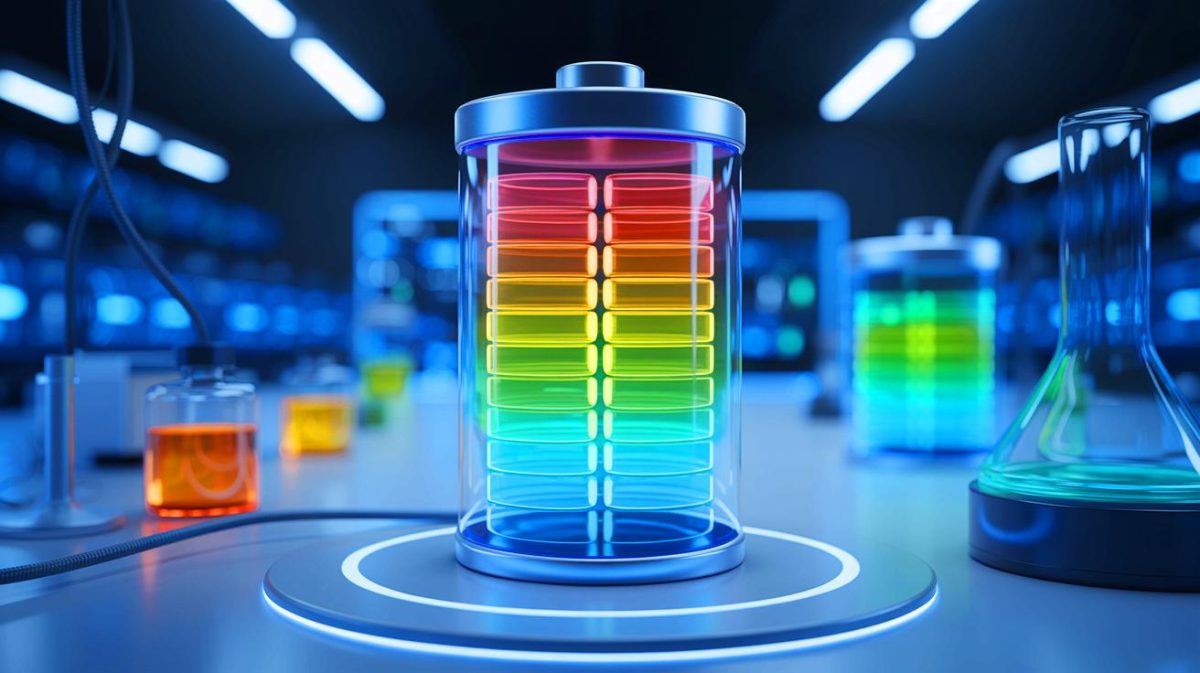| IN A NUTSHELL |
|
In the evolving landscape of battery technology, a new breakthrough has emerged that could significantly alter the future of energy storage. Chinese researchers have developed a smart gel polymer electrolyte designed specifically for sodium-ion (Na-ion) batteries, promising enhanced safety and durability. This innovation could potentially unlock the full potential of Na-ion batteries, offering a viable alternative to traditional lithium-ion (Li-ion) batteries. The implications of this development extend beyond just improved performance, touching upon issues of safety, sustainability, and commercial viability.
A Sodium-Ion Battery Boost
Sodium-ion technology has long been heralded as a promising alternative to lithium-ion batteries, primarily due to the abundance and low cost of sodium. However, these batteries have faced significant challenges, particularly regarding their thermal instability and tendency to degrade at high temperatures. This has raised safety concerns, prompting researchers to seek more reliable electrolyte solutions. The Chinese research team has addressed this challenge by developing a unique gel electrolyte through an in-situ radical polymerization process.
This innovative electrolyte combines cyanoethylurea-containing methacrylate and isocyanate-based methacrylate monomers within a conventional NaPF6-carbonate liquid electrolyte. The result is a stable polymer gel that forms a protective three-dimensional network around the battery’s internal components. This gel not only prevents degradation but also responds dynamically to rising temperatures, enhancing the overall safety and longevity of the battery. Notably, the thermal runaway onset temperature was increased from 278.6 to 350.6 degrees Fahrenheit, significantly mitigating the risk of thermal failure.
A Smarter Electrolyte Solution
Traditional sodium-ion batteries often suffer from breakdowns in the electrolyte, resulting in gas buildup and dendrite formation. These issues can directly reduce battery performance and increase the risk of failure. The smart gel polymer electrolyte developed by the Chinese researchers offers a breakthrough solution to these problems. By creating a flexible, self-reinforcing barrier between the electrodes and the electrolyte, the gel provides enhanced interfacial stability and reduces gas evolution.
This thermal responsiveness and improved stability translate into significant performance gains. The new electrolyte has demonstrated the ability to retain 80 percent of the battery’s original capacity after 500 cycles at elevated temperatures. This represents a substantial improvement over existing technologies and underscores the potential of sodium-ion batteries for large-scale energy storage applications. The design philosophy behind this breakthrough could serve as a valuable guide for future developments in battery technology.
Implications for Large-Scale Energy Storage
The development of this smart gel polymer electrolyte has significant implications for the energy storage sector. With its enhanced safety and performance characteristics, sodium-ion batteries could become a more attractive option for grid-scale energy storage. This is particularly relevant as the world continues to seek sustainable solutions to meet increasing energy demands. The gel’s leak-proof design and compatibility with large-scale manufacturing processes further enhance its commercial viability.
The transition to sodium-based solutions could be accelerated by this innovation, offering a more sustainable path forward for energy storage. As the study published in Nature Communications suggests, the material’s design offers valuable guidance for creating high-safety, long-life, and sustainable sodium-ion batteries. This could ultimately lead to reduced reliance on lithium-ion batteries, which are subject to supply chain constraints and environmental concerns.
Future Prospects and Challenges
While the development of this smart gel polymer electrolyte is a significant step forward, several challenges remain. Scaling up production and ensuring consistent performance in real-world applications will be crucial for the widespread adoption of sodium-ion batteries. Additionally, ongoing research and development will be necessary to further optimize the materials and processes involved.
Nevertheless, the potential benefits of this technology are substantial. By addressing key safety and performance issues, sodium-ion batteries could play a pivotal role in the transition to a more sustainable energy future. As the research team continues to refine and develop this technology, the question remains: How soon will we see these advanced sodium-ion batteries integrated into our energy infrastructure?
Did you like it? 4.5/5 (29)









Wow, 80% power after 500 cycles? That’s impressive! 🔋